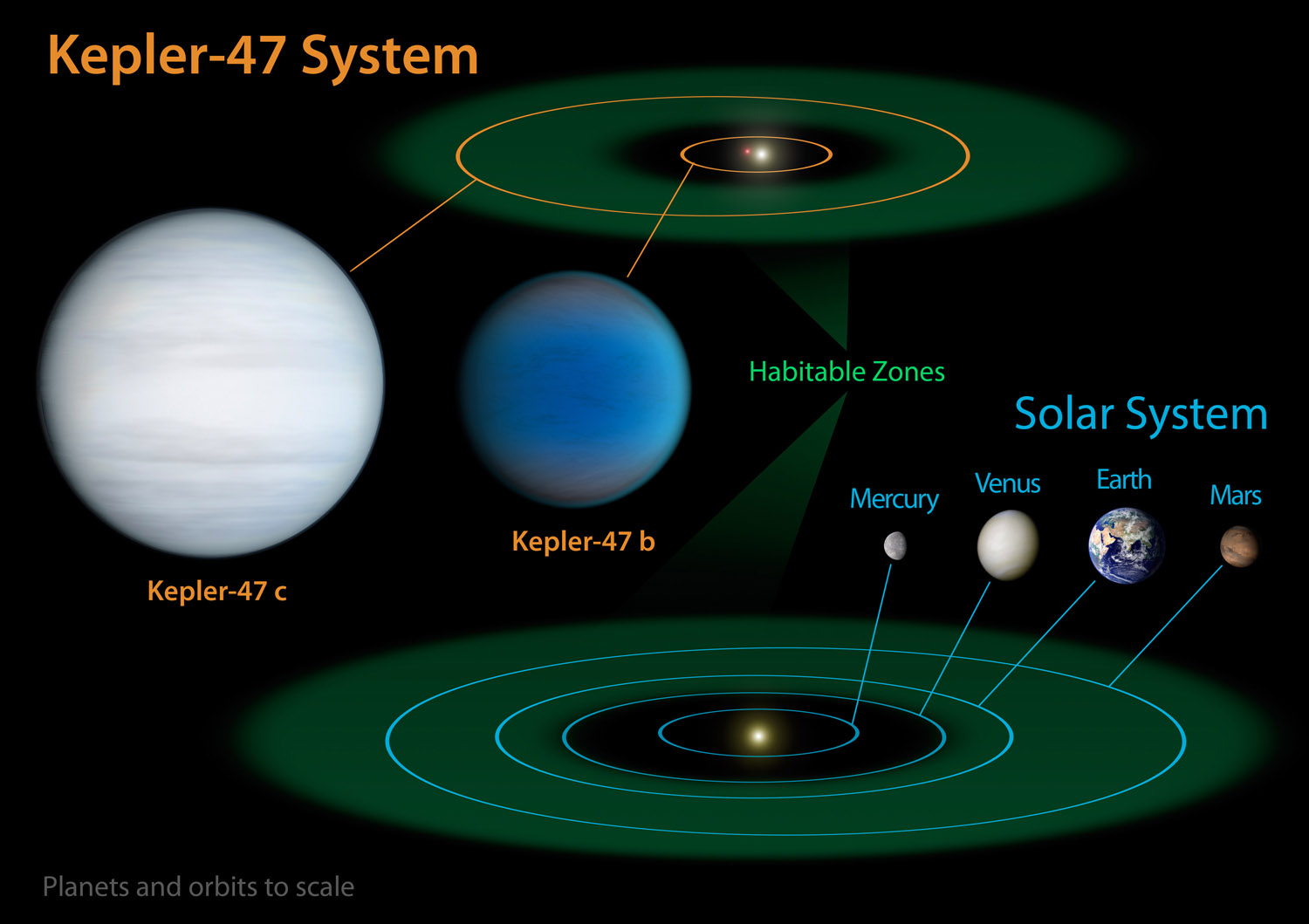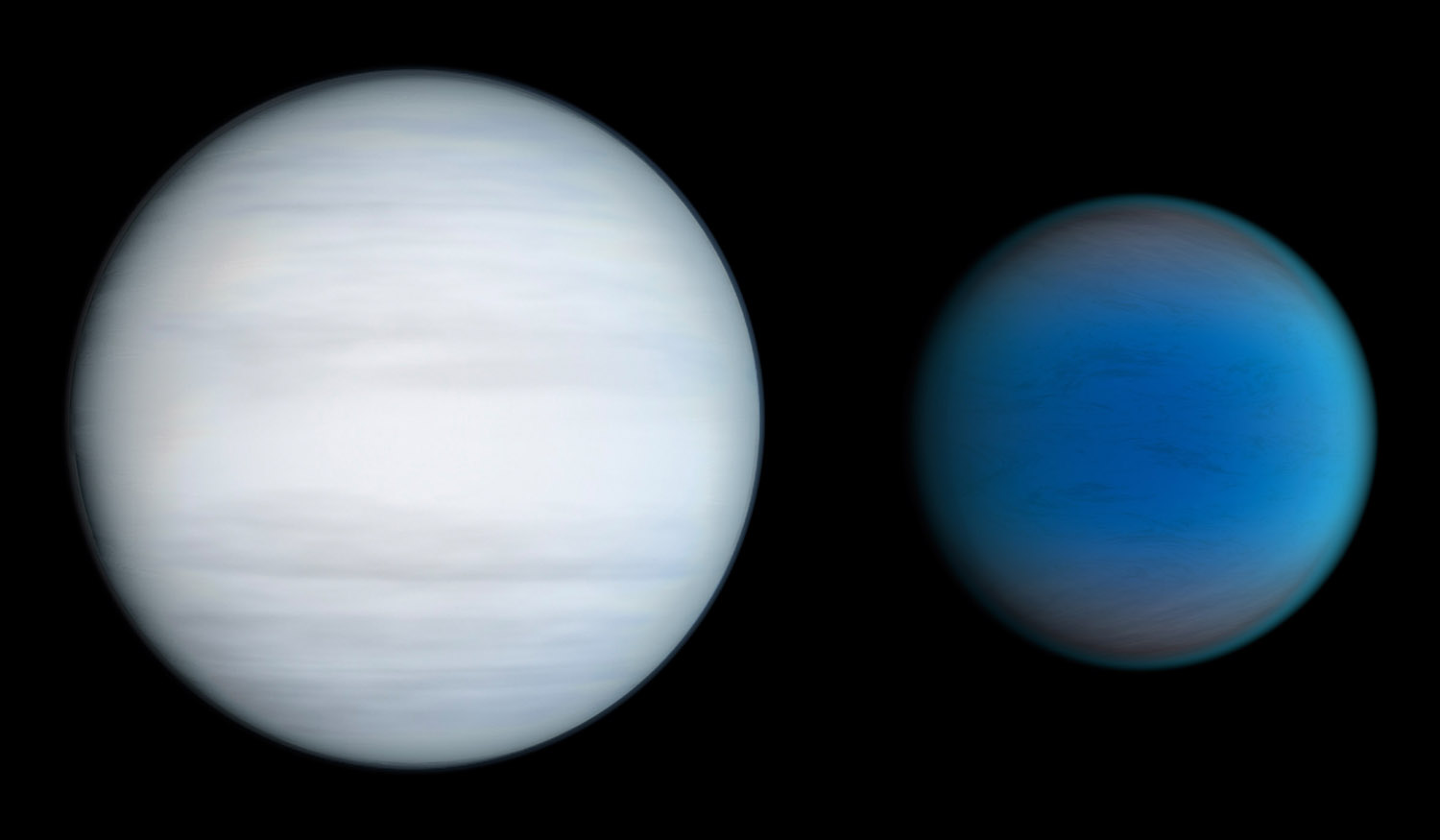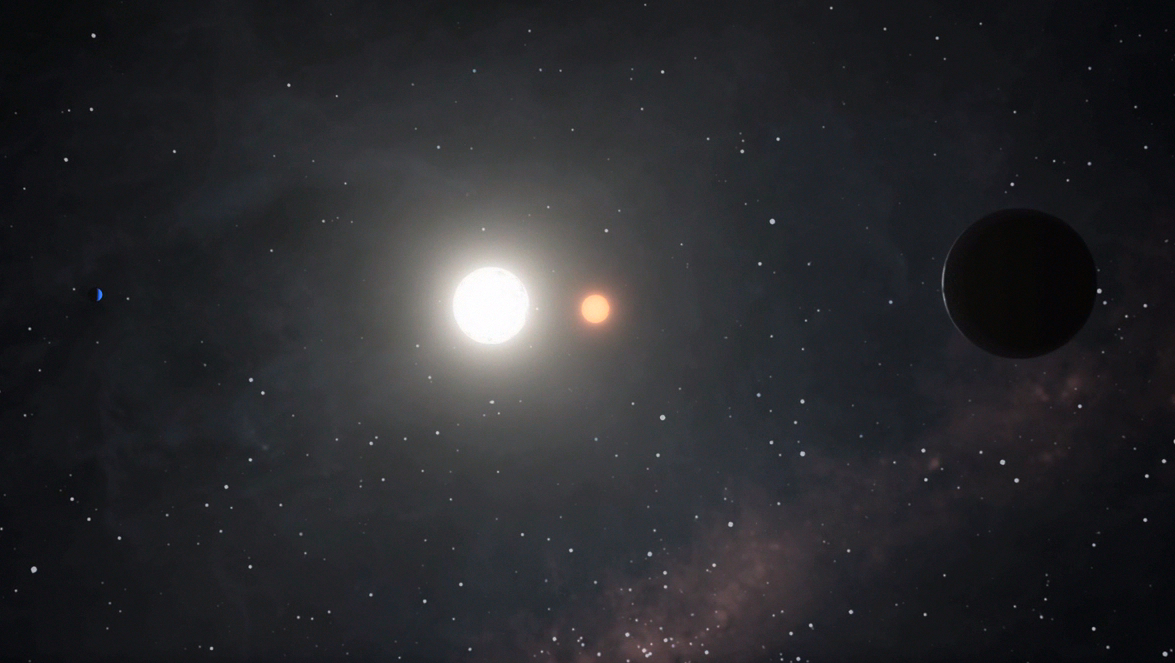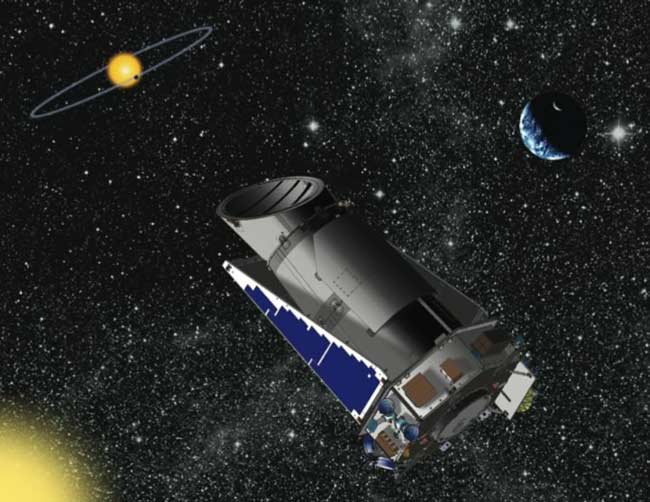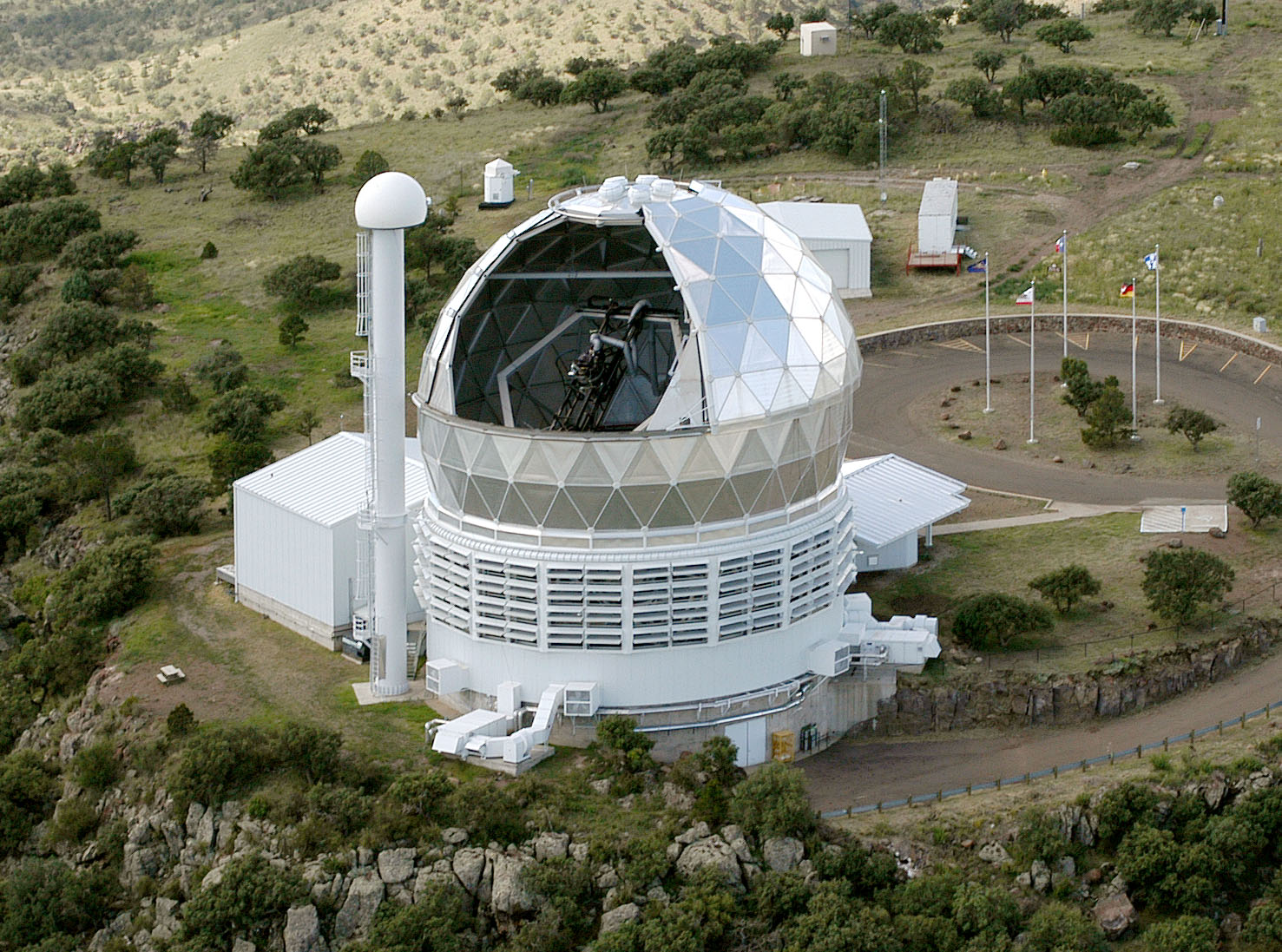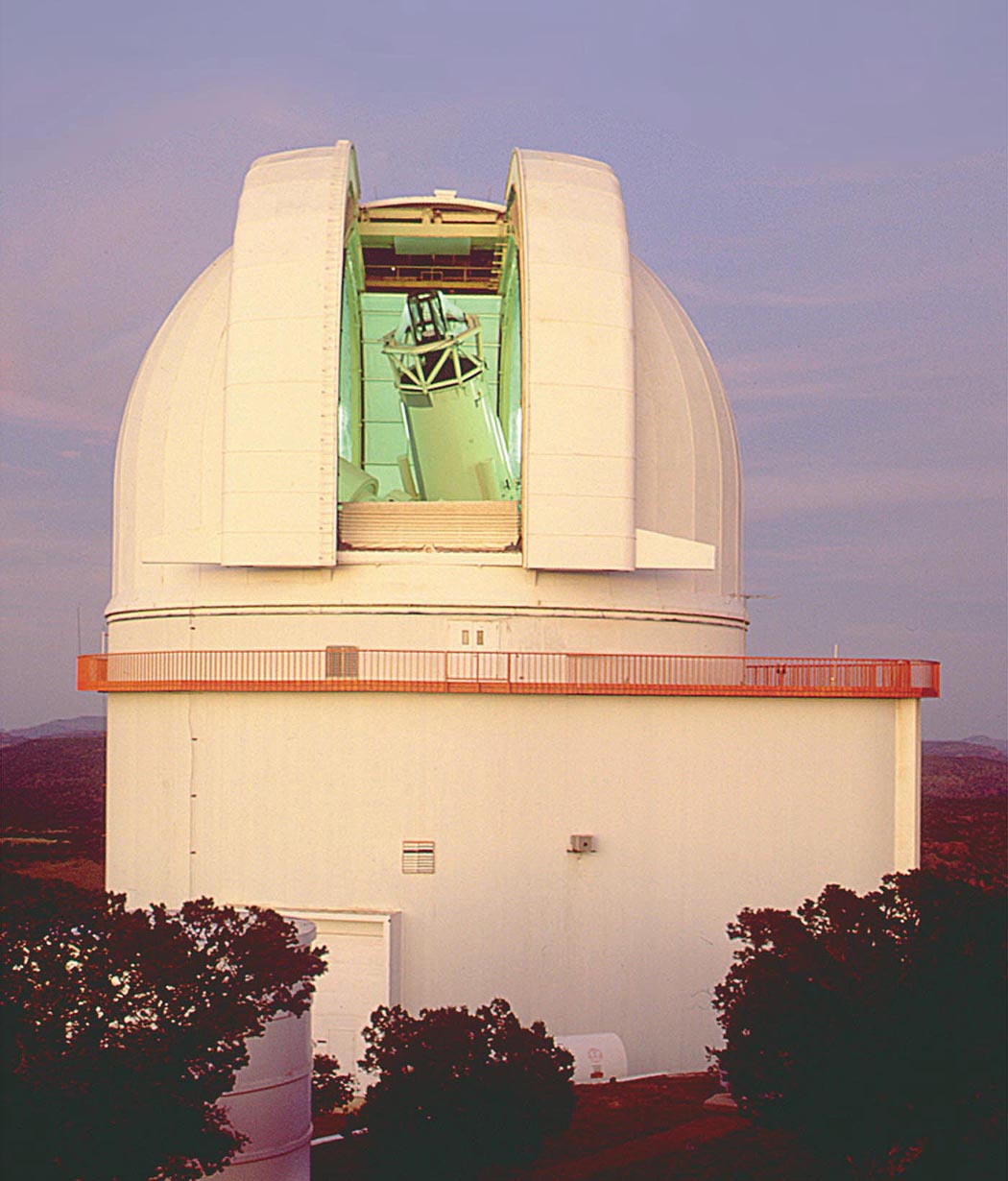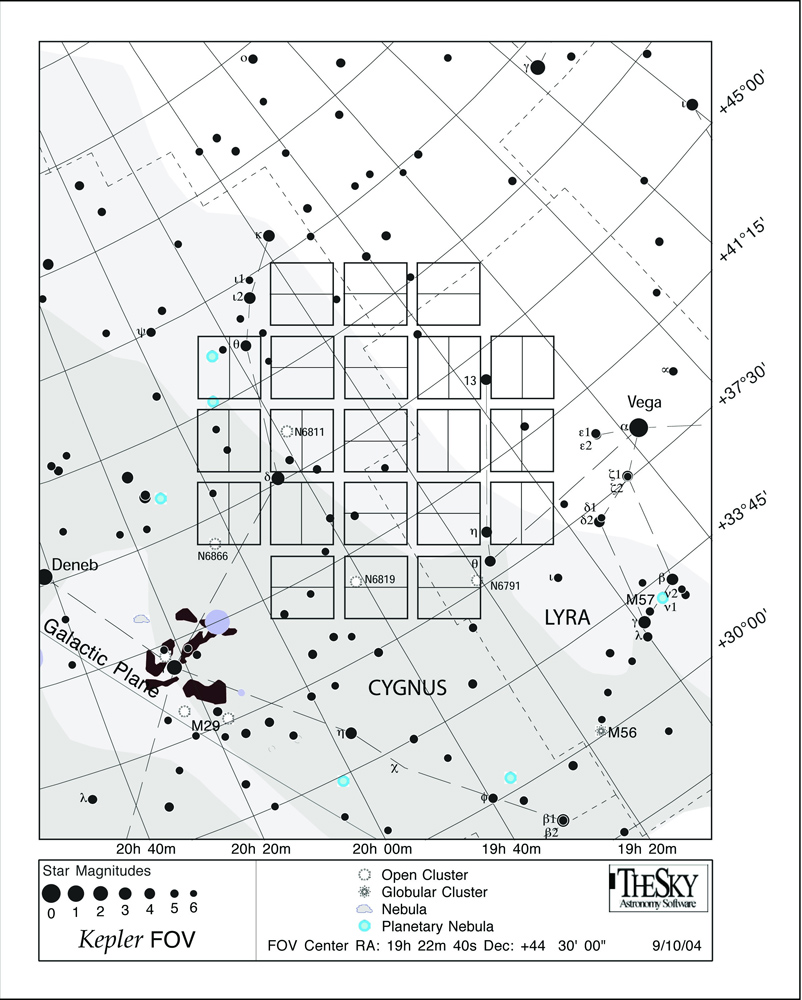'Tatooine' Solar System: 2 Alien Planets with Twin Suns Found (Gallery)
Solar System Kepler-47
An artist's illustration of the alien solar system Kepler-47, a twin star system that is home to two planets. The planets have two suns like the fictional planet Tatooine in the "Star Wars" universe.
Kepler-47: Twin Suns for Planets Like Tatooine
Scientists using NASA's Kepler Space Telescope data have found two planets orbiting a binary star, like Tatooine from Star Wars. Here's how the Kepler-47 star system works.
Kepler-47 Tatooine-Like Planets: Orbit Diagram
This illustration shows the orbits of the two alien planets circling two stars of Kepler-47, and the orbits of our own solar system planets for comparison.
Alien Planets with 2 Suns in Kepler-47
This artist's illustration shows a comparison of the two alien planets discovered to orbit twin stars in the Kepler-47 system. The smaller planet is up to 4.6 times the Earth's diameter. The larger world is likely slightly larger than Uranus.
Kepler-47: Two Planets Circling Two Stars
This screenshot from a NASA animation depicts the two known planets in the Kepler-47 system, as well as their double parent stars.
Orbital Paths of Kepler-47 Planets
This screenshot from a NASA animation shows the orbital paths taken by the two known planets in the Kepler-47 system, which both orbit the same two stars.
Kepler Space Observatory
An artist's interpretation of the Kepler observatory in space.
Breaking space news, the latest updates on rocket launches, skywatching events and more!
Hobby-Eberly Telescope
The Hobby-Eberly Telescope in West Texas. The telescope is one of two McDonald Observatory instruments used to perform follow-up observations on the Kepler-47 star system, which is home to two alien planets that orbit twin stars.
Harlan J. Smith Telescope at McDonald Observatory
The 2.7-meter (107-inch) Harlan J. Smith Telescope at The University of Texas at Austin's McDonald Observatory in West Texas. The telescope is one of two McDonald Observatory instruments used to perform follow-up observations on the Kepler-47 star system, which is home to two alien planets that orbit twin stars.
Kepler Field of View Star Chart
This star chart illustrates the large patch of sky that NASA's Kepler mission will stare at for the duration of its three-and-a-half-year lifetime. The planet hunter's full field of view occupies 100 square degrees of our Milky Way galaxy, in the constellations Cygnus and Lyra.

Space.com is the premier source of space exploration, innovation and astronomy news, chronicling (and celebrating) humanity's ongoing expansion across the final frontier. Originally founded in 1999, Space.com is, and always has been, the passion of writers and editors who are space fans and also trained journalists. Our current news team consists of Editor-in-Chief Tariq Malik; Editor Hanneke Weitering, Senior Space Writer Mike Wall; Senior Writer Meghan Bartels; Senior Writer Chelsea Gohd, Senior Writer Tereza Pultarova and Staff Writer Alexander Cox, focusing on e-commerce. Senior Producer Steve Spaleta oversees our space videos, with Diana Whitcroft as our Social Media Editor.


